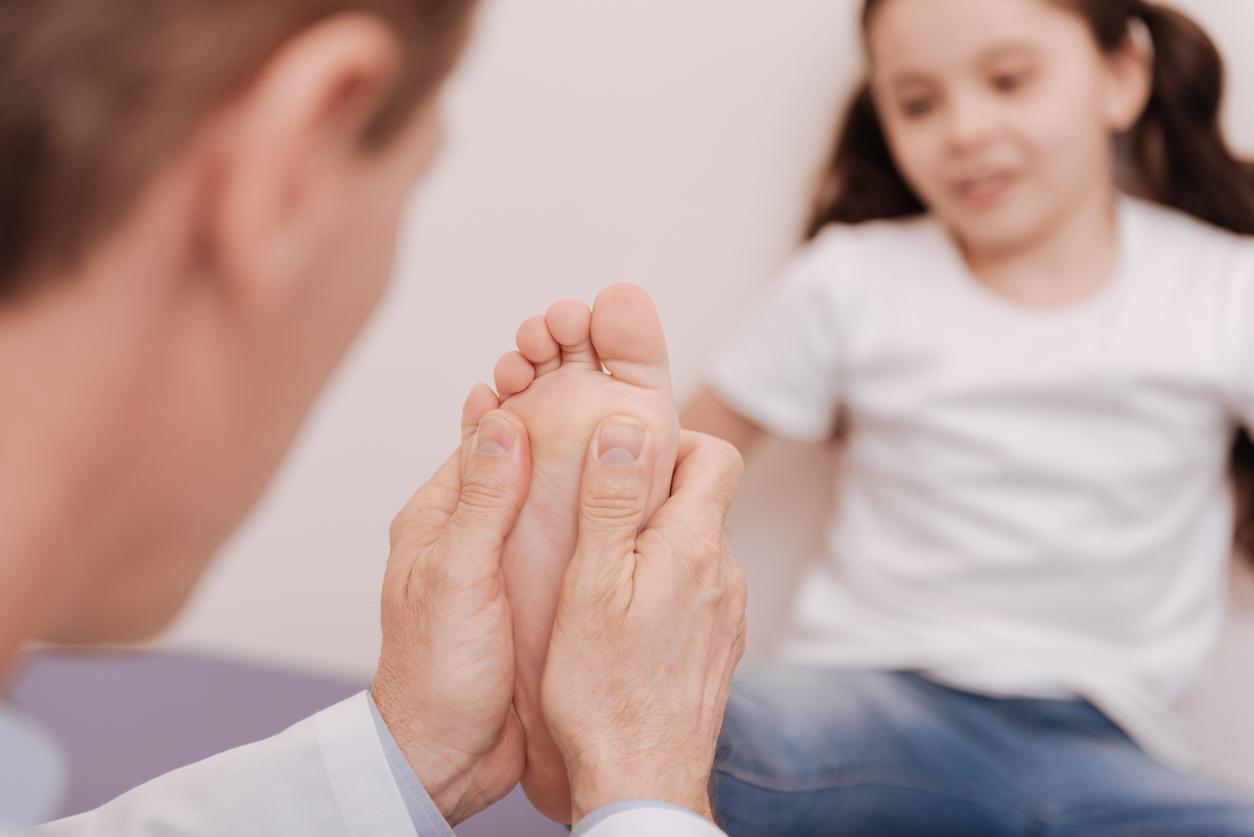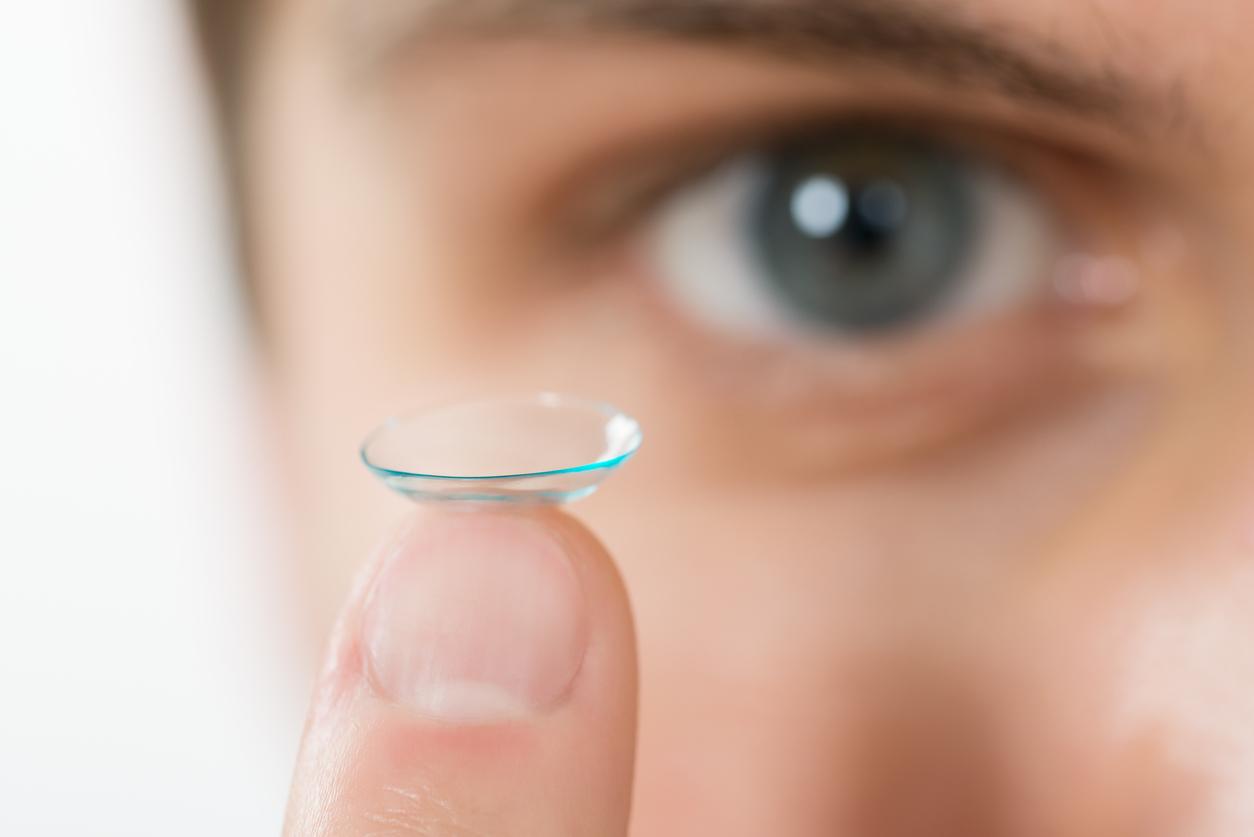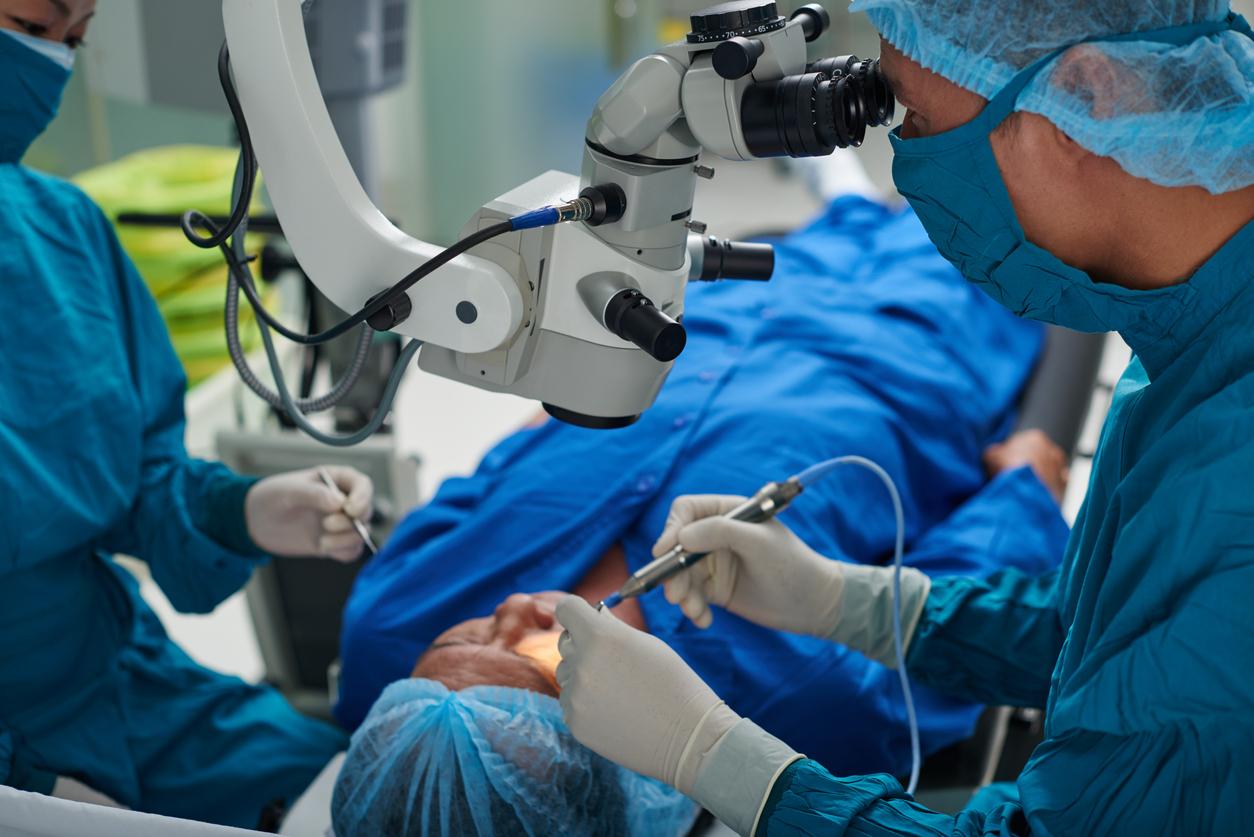In its report, the Drees establishes a photograph of optics in France and of care, a theme taken up in the presidential election.
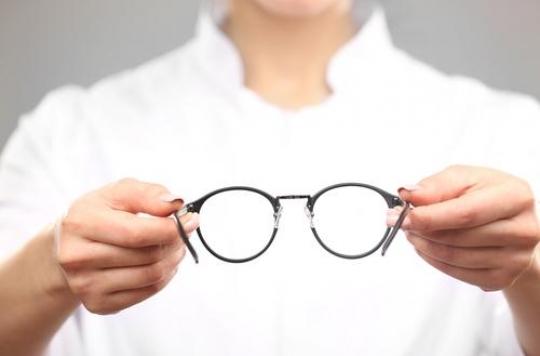
The French do not see very well; 70% of them wear glasses or contact lenses after 20 years and 96% say they have vision problems after 50 years. “Access to optical equipment is therefore a major issue for public health and access to care”, underlines the DREES (Department of research, studies, evaluation and statistics) in a new report on optics, the first “Observatory of prices and care in medical optics” which aims to see more clearly about this care.
The subject is particularly hot during this presidential election period, when several candidates have expressed their desire to fully reimburse the glasses. They will thus be able to draw inspiration from the data in this new report, which aims to establish benchmarks for future Observatories.
434 euros on average
We learn that the average price of a pair of glasses for policyholders (excluding CMU) in 2014 was 434 euros. “The price of glasses depends on the type of lens: single vision lenses are almost three times less expensive than multifocal lenses.” Thus, in 2014, the average price of a pair of glasses with two single vision lenses was € 316 (613 for a pair of glasses with two multifocal lenses).
Eyewear prices increased by 1.35% per year on average between 2006 and 2014, while optical expenses increased by 59% over the same period. In 2015, the consumption of medical optics was estimated at 6.1 billion euros.
Lack of care
Support from Social Security remains very limited. Indeed, medical optics are poorly reimbursed by Health Insurance: the amounts it covers represent 3.2% of total optics consumption in 2015. Public funding (including medical aid from the State and CMU) thus represent 4.3% of this total consumption.
Complementary organizations are by far the leading funders of the medical optics (72%), leaving households to pay 24% ”, specify the authors of the report. In 2015, the remainder to be borne by households on their optical expenses amounted to nearly 1.5 billion euros, down 9.5% compared to 2014.
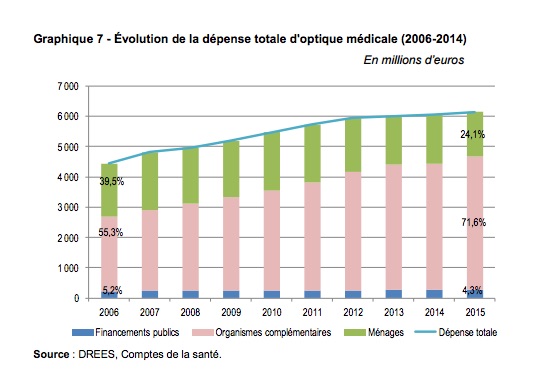
Give up sight
Glasses and contact lenses are therefore the second most important post in the care of patients for financial reasons after dental treatment. In 2014, nearly one in ten adults aged between 18 and 64 with private complementary health insurance gave up buying glasses or contact lenses in the past 12 months for financial reasons.
In 2014, half of the beneficiaries of the most subscribed policies obtained from their complementary insurance a guarantee of less than 215 euros. “The coverage of collective contracts is higher than that of individual contracts”. Policyholders aged 25 to 59 are, on average, better supported by complementary organizations than policyholders under 25 or 60 years of age or over.
In addition, 15% of CMU beneficiaries bought at least one optical equipment in 2015. “CMU beneficiaries are significantly younger than the rest of the population, half of them are under 30 years old. and a third are children under the age of 16, ”the report said.
For an equivalent age and gender structure, the rate of opting out for financial reasons is much higher for CMU-C beneficiaries than for people benefiting from private complementary health care (17% compared to 9% ), note the authors. “Since CMU beneficiaries can access optical equipment without a charge, we can nevertheless wonder about a renunciation rate which remains relatively high. One explanation for this could be that CMU beneficiaries lack information on their coverage ”.
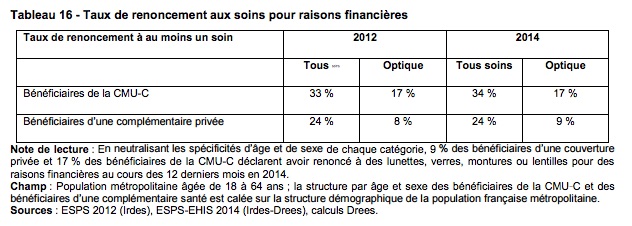
Badly corrected children
In the large kindergarten section, 18% of children wear corrective glasses or lenses and 8% do not wear them but have a distance vision disorder. “We can therefore estimate at 26% (18 + 8) at least, the proportion of children in the large kindergarten section with at least one vision disorder”.
In CM2, 25% of children wear corrective glasses or lenses and 6% do not wear corrective glasses or lenses but have a distance vision disorder. In 3rd grade, 28% of children wear corrective glasses or lenses and 6% do not wear corrective glasses or lenses but have a distance vision disorder.
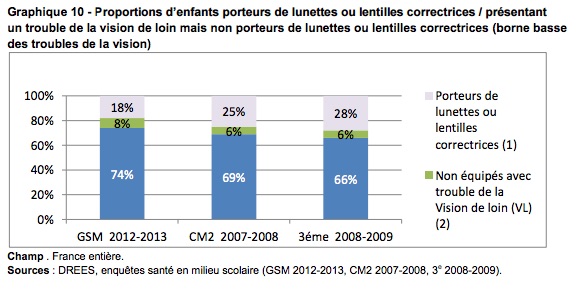
.














